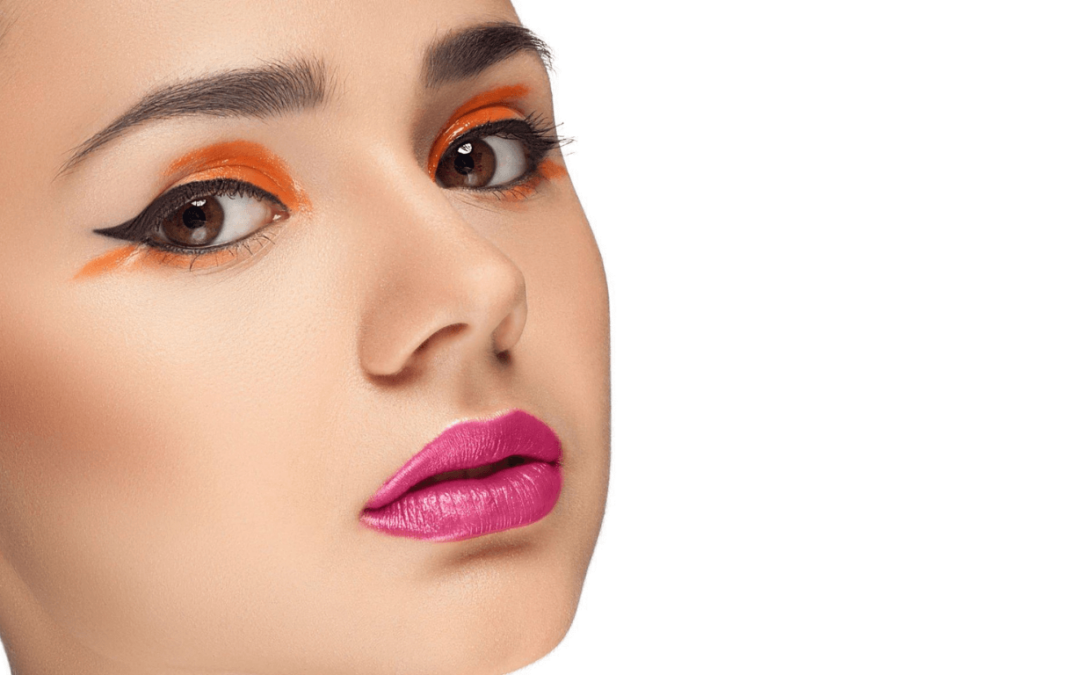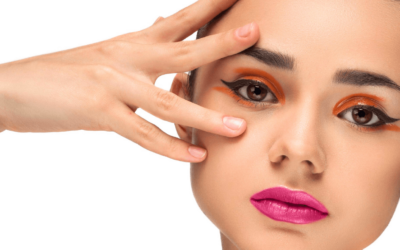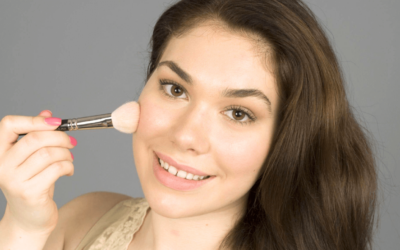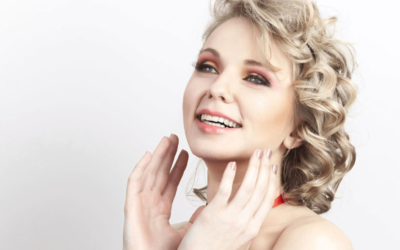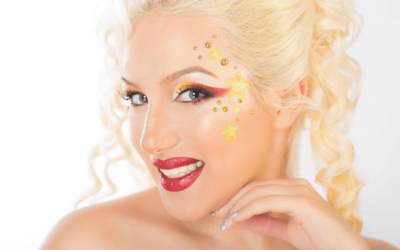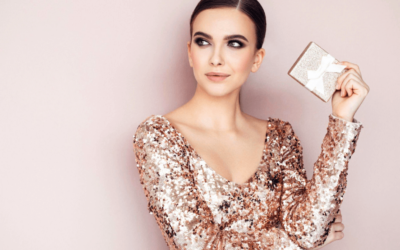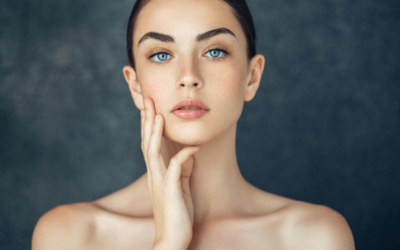Imagine meticulously applying your makeup, only to realize that your complexion has taken on an unintended orange hue. Frustrating, isn’t it? “Why does my makeup look orange?” is a common question among makeup enthusiasts.
Don’t worry – you’re not alone in this predicament. This comprehensive guide delves into the reasons behind makeup appearing orange and provides expert insights on how to rectify it.
From understanding undertones to product selection and application techniques, we’ll unravel the mystery behind orange makeup and empower you to achieve a flawless and natural finish.
The Role of Undertones: The Foundation of Color
Understanding your skin’s undertone is crucial when selecting makeup products. Undertones, whether warm, cool, or neutral, can significantly influence how makeup products interact with your skin, occasionally leading to an orange cast.
Solution: Identify your undertone by observing the veins on your wrist. Blue or purple veins indicate a cool undertone, greenish veins suggest a warm undertone, and a mix of both signals a neutral undertone.
Choose makeup products with undertones that complement your skin’s natural hue.
Mismatched Foundation Shades: The Color Clash
One of the leading causes of orange makeup is using a foundation shade that doesn’t match your skin tone. A foundation that is too warm or dark for your complexion can result in an unnatural orange appearance.
Solution: Test foundation shades on your jawline or wrist in natural daylight. Opt for shades that disappear into your skin when blended. If in doubt, seek assistance from beauty experts in stores or consult online shade finders.
Color Correcting: Taming the Orange Beast
Excessive redness or discoloration in the skin can lead to makeup appearing orange when trying to neutralize those hues. Incorrect color correcting can inadvertently result in an orange cast.
Solution: Use a color corrector in a shade that counteracts the specific discoloration you’re addressing. For instance, a green color corrector helps counteract redness, and a peach or orange corrector can neutralize bluish tones.
Apply a thin layer of color corrector before foundation, ensuring it’s properly blended.
Oxidation Woes: The Chemical Culprit
Oxidation occurs when makeup products interact with the air and your skin’s natural oils, causing them to darken or change color over time. This phenomenon can transform your makeup into an unwelcome shade of orange.
Solution: Opt for long-wearing and oil-free makeup products, especially if you have oily skin. Set your makeup with a translucent setting powder and a makeup setting spray to minimize oxidation and maintain the true color of your makeup.
Lighting Dilemmas: The Art of Deception
Different lighting conditions can deceive your perception of makeup color. What looks perfect in one light can appear strikingly different in another, potentially leading to an unintentional orange appearance.
Solution: Apply your makeup in natural daylight or in lighting that closely resembles the environment you’ll be in. Consider investing in a mirror with built-in natural lighting for accurate makeup application.
Blending Techniques: The Smooth Finish
Improper blending techniques can result in makeup lines or uneven coverage, causing areas of your face to appear a different color than others.
Solution: Use makeup brushes, sponges, or your fingertips to blend makeup thoroughly. Pay extra attention to areas like the jawline and hairline, ensuring there are no harsh lines or demarcations.
Product Formulation: Choose Wisely
The formulation of makeup products can impact how they interact with your skin’s natural oils and undertones, potentially leading to orange makeup.
Solution: Opt for oil-free or water-based makeup products to minimize the risk of color changes due to skin oils. Look for matte or satin finishes that tend to stay truer to their original color.
Makeup Primer: The Color Barrier
Using the wrong makeup primer can contribute to makeup appearing orange. Primers with certain undertones can mix with your foundation, causing an undesirable color shift.
Solution: Choose a makeup primer that aligns with your desired makeup look. A neutral or color-correcting primer can help create a balanced base that enhances the true color of your makeup.

